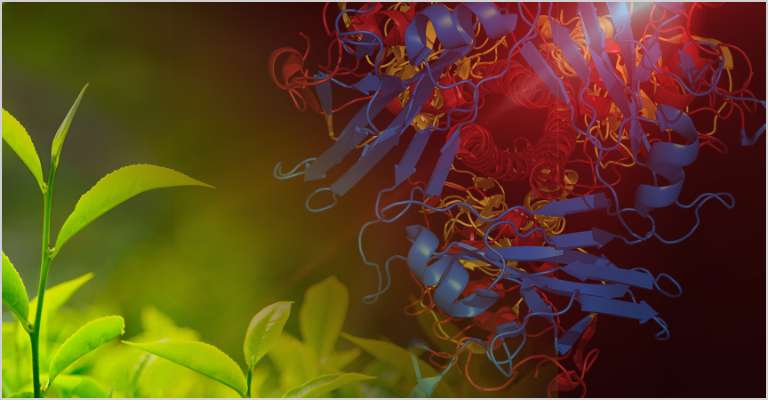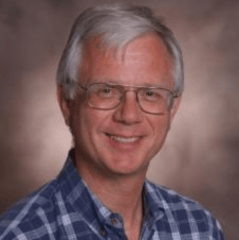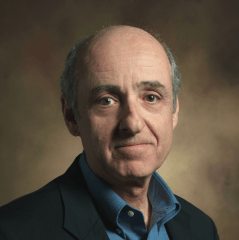
The latest research in cells
The mystery of biological life is at our fingertips — it’s just a matter of looking in the right places. Our researchers are delving into the world of cells to unlock insights into the fundamentals of life as well as new paths for effective medicines. We bring different approaches together to study the evolution of cells, cell structure, proteins and other molecules that govern cell functions, gene regulation, energy production in the cell, and whole communities of microbial cells.
Frequently asked questions
The cell was discovered by the English scientist Robert Hooke in 1665. It is the smallest unit of life, and the basic building block for all life. Cells can only come from other cells, which divide to copy themselves and pass on their DNA. They are also able to convert nutrients into energy. Complex lifeforms, like humans, plants and animals, are made up of many different kinds of cells that carry out specialized roles. Other, simple lifeforms may be composed of just a few cells, or even a single cell, such as certain species of bacteria and algae. All cells have a membrane, which is a squishy barrier that selectively lets molecules in and out; cytoplasm, which is the watery interior of the cell; and molecules (sometimes called biomolecules) like DNA, RNA, proteins, carbohydrates and fats that help the cell survive and replicate.
All living things have DNA. The cells of plants and animals have a central area called the nucleus. Most DNA is located in the nucleus in these cells. A smaller amount of DNA is found in mitochondria, which are little structures inside of cells that convert food to energy.
Evolution is a progression of changes in a population over time. These changes happen at the cellular level. When cells divide, the chromosomes of their DNA sometimes reshuffle, creating a change, or mutation, in the DNA. Mutations can bring new features to a species. Features that help a member of the species survive are typically passed onto offspring. Over a long time, these helpful features become a key characteristic of the species.
Cells talk to each other using signal molecules. The cell sending a signal releases a molecule into the space between the cells. The target cell picks up the signal molecule with a receptor protein specially shaped to connect with the signal molecule. Once the target cell receives the signal, its message tells the cell what to do and changes its behavior.
Efforts underway
Tracing evolution: from cells to life’s tree
Evolution is a key concept that gives us a foundation for understanding nature and human health, and it begins at the cellular level. We know evolution is a genetic process. Biodesign researchers are working to decipher how that process happens inside the level of cell organization. Nanotechnology supports these efforts by helping scientists understand how genes are turned on and off to change DNA structure. Ultimately, our experts aim to find the general rules that evolution follows as it works through the branches of the tree of life.
Next-gen tech unveils cellular secrets
Technological advances are allowing scientists to explore the finer details of how cells function. Very high-resolution microscopes and ultrashort X-rays let us see cellular structures and molecules like never before. The Biodesign Institute’s compact X-ray light source instrument, part of its larger compact X-ray free electron laser (CXFEL) project, promises to propel this area of science even further. Knowing more about the interactions between cells, cell molecules and the cellular environment will give us insights into cancer development, the mystery of photosynthesis, more effective stem-cell therapies and improved biosensors.
Exploring cell research for health benefits
Many Biodesign scientists are committed to cell research because it has a multitude of medical applications. Proteins, organic molecules found in cells, have critical roles in metabolism, tissue repair and immune response. Therefore, they hold the keys for better therapies and vaccines. Researchers also study mitochondria, the famous “powerhouse of the cell” that provides energy and supports growth and muscle function. Their goal is to improve diagnosis and treatment for the many diseases that can result from defective mitochondria. Other scientists focus on how single-celled organisms can come together and function as one complex community called a microbiome. Microbiomes are important environmentally as well as medically; the human body hosts many microbiomes that provide critical support for our health.
37 trillion
The human body is composed of around 37 trillion cells.
3.5 billion
The first known single-celled organisms appeared on Earth about 3.5 billion years ago.
1
One cup of soil may hold as many bacteria as there are people on Earth.

Biological Integration Institute for Mechanisms of Cellular Evolution
Biological Integration Institute for Mechanisms of Cellular Evolution The institute is part of an NSF program that encourages collaborative teams to investigate questions that cross disciplines within and beyond biology.
Latest news on cells
Related experts
Related centers

Biodesign Center for Mechanisms of Evolution

Biodesign Center for Single Molecule Biophysics

Center for Applied Structural Discovery

Biodesign Center for Bioenergetics

Biodesign Center for Fundamental and Applied Microbiomics
Related facilities
Support cellular research
Support research on cells by making a donation




